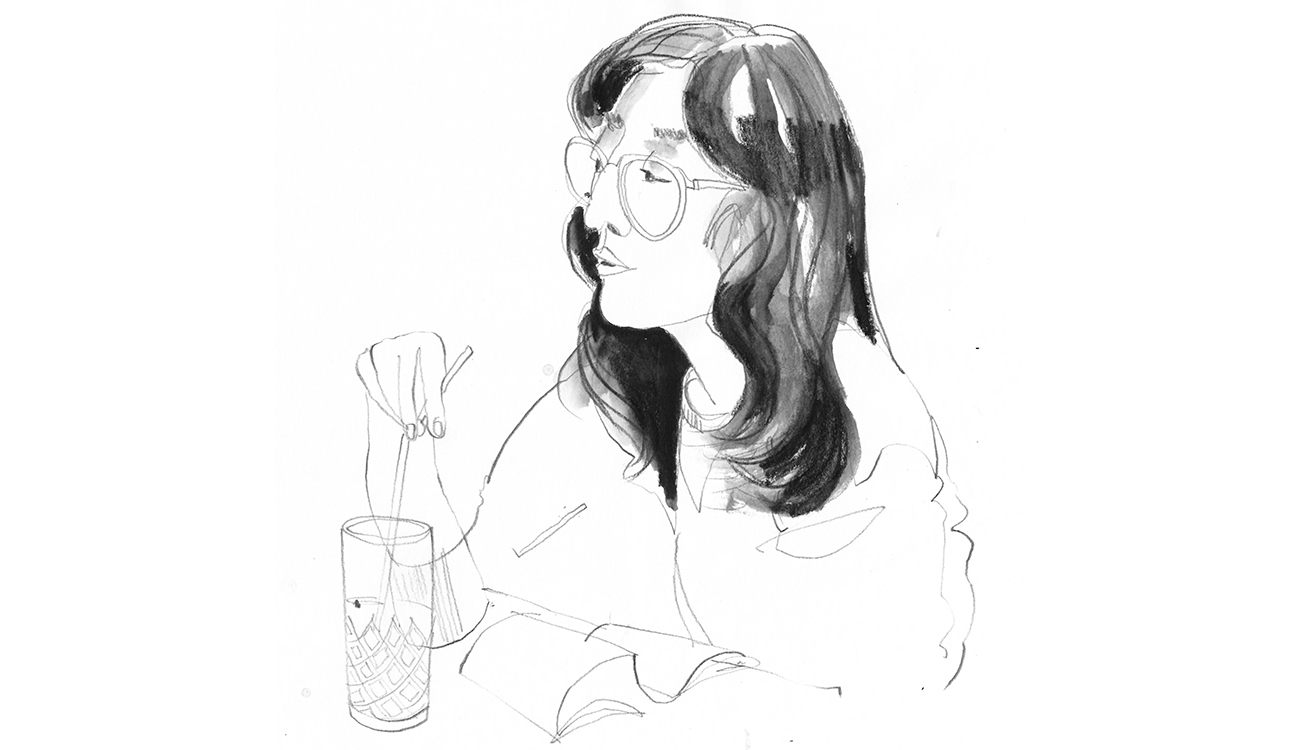Designing your work life
Change is a sure thing, particularly in the design industry where it speeds up all the time. AI, budgets decreasing, deadlines shortening, higher demands, remote work, agencies closing, all signs of this rapid change. It’s no wonder we’re experiencing burnout. We need to design our work life.
Recognise any of these; constant fatigue, poor sleep, irritability, anxiety, brain fog, poor focus/memory, procrastination, cynicism toward clients/colleagues. They’re all symtoms of burnout.
Seventy per cent of people working in Australia’s media, marketing and creative sectors say they’ve experienced burnout recently. That makes burnout the standout concern across the creative industry. The finding comes from Never Not Creative’s fourth wave of research (with UnLtd and partners), based on responses from more than 2,000 professionals. This is the most up to date research on mental health in the creative industries.
The cause
The report goes beyond the headline and points to work design as a root cause. Creatives who reported burnout were far more likely to face intolerable time and emotional demands and to lack clarity, feedback, and relational support. In short: when roles are fuzzy, deadlines are relentless and connection is thin, burnout spikes.
Where we work matters
When employers set fixed days at home and in the office, mental health is worse.
When people have real choice over where and when they worked, anxiety and depression were lower.
Mental health in the design industry
The wider mental health picture in the design industry is sobering. Thirty-eight per cent of respondents report a diagnosed mental illness; signs of anxiety and depression remain higher than in the general population. And 51% of leaders say they’re unaware of their obligations under Australia’s new psychosocial hazard regulations.
The action
What to do now? Treat burnout as a work design problem, not an individual resilience problem. Borrow from Curtin University’s SMART framework (Stimulating work, Mastery, Agency, Relational support, Tolerable demands): clarify roles and feedback loops, give people real say in location and hours, protect focus time, and set humane timelines. Pair that with leadership training on psychosocial hazard duties. Measure the basics; workload, rework, after-hours load, communication.
What the DBC is doing
Because we wanted to understand this more Carol did the SMART framework training and then along with myself and Andy Wright of Streamtime and NNC built the Happier Healthier, Creative business canvas. It’s a tool that allows you to analyse the issues in your agency and take action with some tools we supply.
The signal is unmistakable: the industry doesn’t lack passion or talent; it lacks healthy systems. Fix the design of work, and the people who do the work will thrive.
We are keen to hear your stories. Let’s talk. Contact Greg.
Greg Branson
Want more information like this delivered to your inbox every Wednesday? The Design Business Review is Australia’s only online design management magazine. It’s professional development information written specifically for Australian designers by Australian designers. Best of all, it’s free.
Related articles
Positive psychology will increase productivity
Benchmarks for a creative business
The business of design is human centred
About Greg Branson
Greg’s passion is the research and development of methods that improve design management and the role of design in business.
His longevity is in his ability to change and adapt. Greg’s career as a traditionally-trained photographer; became an academic, teaching photography to design students. He co-founded and ran Mackay Branson design (for over 25 years) until, recognising an area that he loved – design management – was not an area traditionally covered in design education. This lead to him founding Design Business Council. Since then he has worked alongside hundreds of Australian creatives helping them manage their business better.
Greg has sat on the AGDA Victoria and National councils, on a number of University and TAFE Advisory Boards and helped rewrite the VCE Visual Communication curriculum.
Outside of DBC, he is a passionate analogue photographer who spends an inordinate amount of time in his darkroom. You can follow his work on instagram @gregurbanfilm
Always happy to chat, he can be contacted here.

